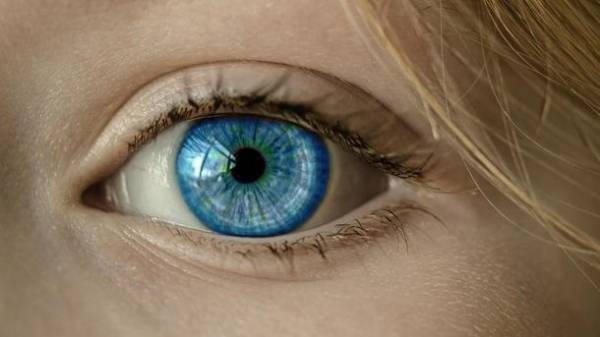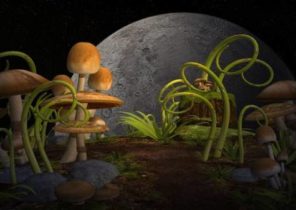
Photosensitive pigments found in all, from bacteria to vertebrates, use of biomechanical manipulations to reboot and thus restore people’s vision, – the “Popular Mechanics”.
In a study published in the journal Proceedings of the National Academy of Sciences, the researchers used a modified form of vitamin A, to initiate a mechanism of restart and rerun the proteins required for human vision. The intended protein was the light-sensitive rhodopsin, which belongs to the family of proteins located in cell membranes and transmitting an external signal to the internal cellular system. The discovery provides new opportunities to create modified retinas that will improve vision.
Discovery delves into the biochemistry of vision is why the chemical configuration of the retina important for the perception of light human. People see with the help of extremely sensitive protein, rhodopsin, which is attached to the retinal molecules for the perception of light. Photons of light enter the eye and are absorbed Reinaldo-rodopsina complex, activating a cascade of downstream signals that make up vision. It is especially important that retin-waiting for the light in the same chemical configuration, and after absorption moves to another called fully-TRANS-retinal. But this transformation is unidirectional, and to return the retina in the first configuration requires a set of specialized proteins. Inherited mutations in any of them can cause degenerative diseases of the retina. Researchers who want to cure such a disease, or needs to rectify or circumvent the modified proteins.
The researchers discovered self-renewing mechanisms in bovine rhodopsin, which is extremely similar to human. They used the purified proteins in the laboratory to show how they modified the retina associated with bovine rhodopsin, successfully activates human proteins when exposed to light, and after the signal transmission by using only thermal energy slowly returns to its inactive form, which can be repeatedly reactivated by the photons. The finding suggests that the molecules of the retina with a specific chemical structure can stimulate rhodopsin, necessary for human sight, and therefore mutated proteins can bypass and restore people’s vision.







